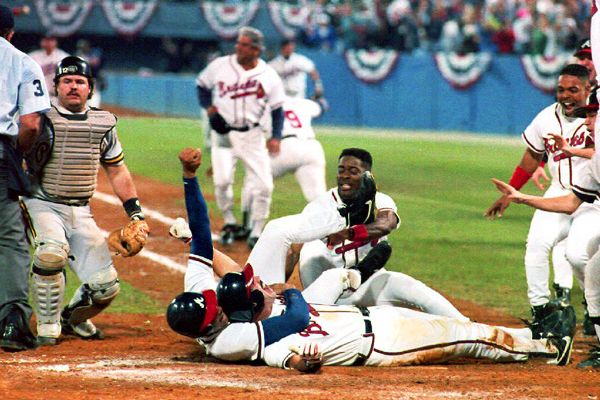Is He Done Being Dean Yet?
 I miss Jim and not just because I agree with him most of the time. Even when I don't, I enjoy his writing. Do you think he has decided the deaning thing is not for him yet? I mean it has been several days already.
I miss Jim and not just because I agree with him most of the time. Even when I don't, I enjoy his writing. Do you think he has decided the deaning thing is not for him yet? I mean it has been several days already.I especially looked forward to Jim’s statement on what a Moneylaw school looks like and how a school gets there. I am not sure on either of these. In fact, I am not even sure what it means in baseball. It’s one thing to say a baseball team wants to win the World Series at the lowest cost. But the owners might just want to maximize profit or win as many games as possible working within a predetermined budget. All those possibilities exist in a context in which success is supposed to be quantifiable. This seems simple when compared to law schools.
In several months of Moneylaw, contributors and commentators have come up with a list of measures which, at least on their own, are not indicative of success:
1. USNWR ratings.
2. SSRN uploads or downloads.
3. Bar passage rate.
4. Bar passage rate as a function of entering glass GPA and LSAT score.
5. Scholarship citation and impact measures.
Presumably, even if there were a way to combine these, much would still be left out. Most obvious is cost. All of these measures, like a building a better (if not best) baseball team, can be influenced by “player” acquisitions. Somewhere in the analysis credit should be given to schools that do a great job with limited budgets. Another thing that is missing is the impact of graduates on the well-being of others. In the case of state schools, the whole idea is that subsidization leads to a “public good.” We are unlikely to come up with any measure of the raison d'etre for public law schools.
 Could we be going about this all wrong? The measure of a good law school may not be susceptable to an end product approach at all. Maybe the measure of a good law school is what takes place on a day to day basis. For example, are most faculty around most of the time? Do most read papers beforehand when there is a guest speaker? Are most available to students at least several hours a week? Are they willing to read drafts of colleagues an comment promptly? Are untenured faculty comfortable asking senior people to read drafts? The list of the day to day activities is, of course, much longer. But my sense is that the focus has been too much on the "score" and not enough on hitting each stroke perfectly.
Could we be going about this all wrong? The measure of a good law school may not be susceptable to an end product approach at all. Maybe the measure of a good law school is what takes place on a day to day basis. For example, are most faculty around most of the time? Do most read papers beforehand when there is a guest speaker? Are most available to students at least several hours a week? Are they willing to read drafts of colleagues an comment promptly? Are untenured faculty comfortable asking senior people to read drafts? The list of the day to day activities is, of course, much longer. But my sense is that the focus has been too much on the "score" and not enough on hitting each stroke perfectly.













1 Comments:
I love your description of what a true MoneyLaw school would feel like, and I agree w/you that it can't be measured by numbers. (I actually think that UNLV is going to be one of those wonderful communities, the way that Ohio State was for me.)
Post a Comment
<< Home